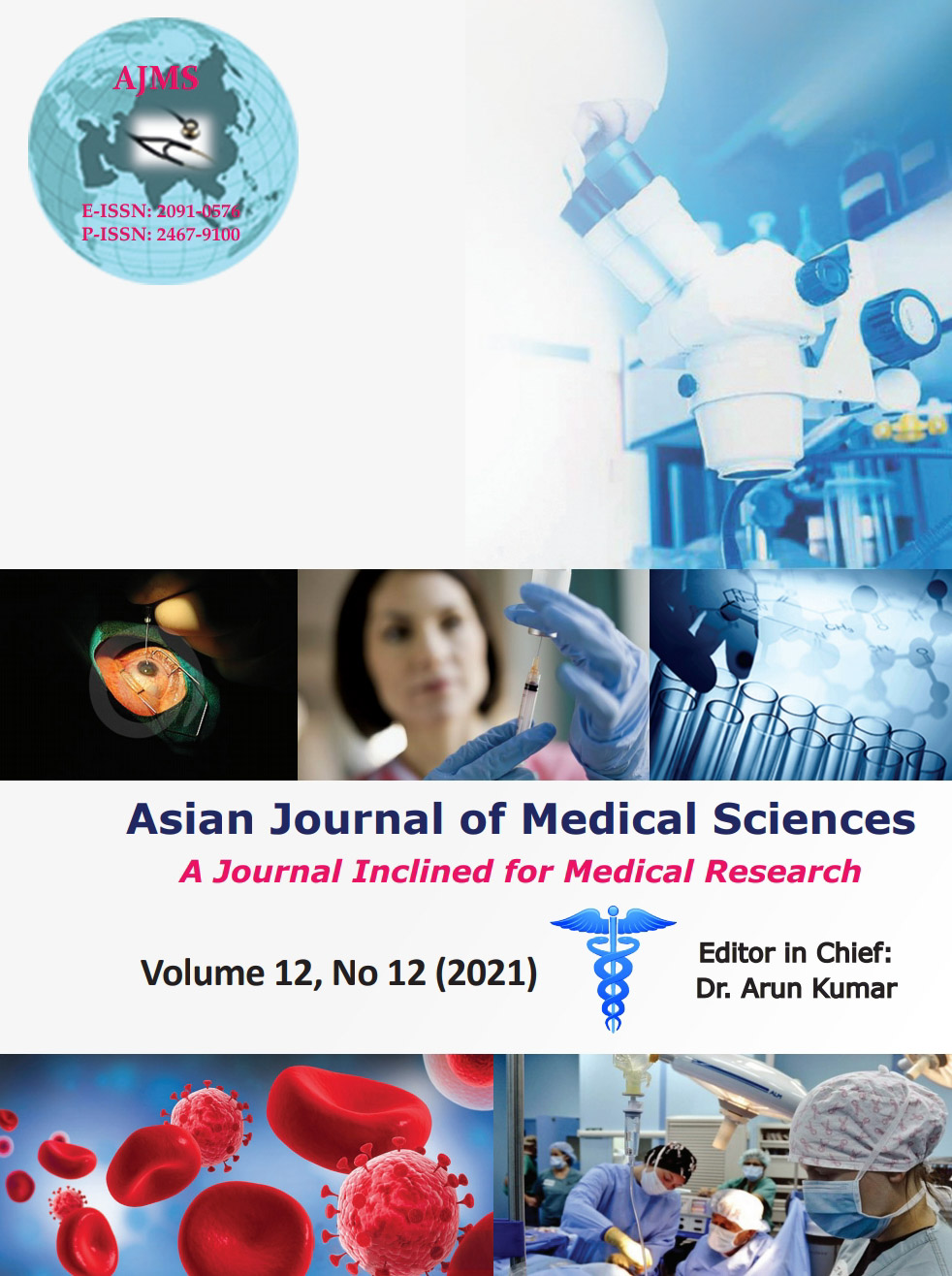Radiological study of Os trigonum and its clinical significance
Keywords:
Os trigonum, Os trigonum syndrome, Posterior ankle pain, Flexor hallucis longus tendonitisAbstract
Background: Os trigonum (OST) is commonly located on the posterior aspect of the talus. It occurs as a result of secondary ossification center failing to fuse with the lateral tubercle of the posterior process of the talus; its incidence varies between 2 and 25%, and is more often bilateral. It occurs as an intra-articular Os, which is most often securely rooted to the lateral tubercle of the talus by a fibrocartilaginous synchondrosis.
Aims and Objective: To determine the incidence, morphology, and distribution of Os Trigonum (OST).
Materials and Methods: Retrospective 500 lateral foot radiographs view were studied to determine the incidence, morphology, and distribution of OST.
Results: Incidence of OST in the present study was 6.6%, with predominantly round or ovoid in shape. OST was located on the posterolateral aspect of the talus.
Conclusion: OST can be one of the causative factor responsible for Flexor hallucis longus tendonitis, OST syndrome, which occur in plantarflexion of the ankle, leading to compression of the OST between the distal tibia and the calcaneus. Hence, knowledge regarding the incidence, morphology, and distribution of OST is important for the radiologist, orthopedic surgeons to arrive at a correct diagnosis, which aids in the management of cases presenting with complaints of posterior ankle pain.
Downloads
Downloads
Published
How to Cite
Issue
Section
License
Copyright (c) 2021 Asian Journal of Medical Sciences

This work is licensed under a Creative Commons Attribution-NonCommercial 4.0 International License.
Authors who publish with this journal agree to the following terms:
- The journal holds copyright and publishes the work under a Creative Commons CC-BY-NC license that permits use, distribution and reprduction in any medium, provided the original work is properly cited and is not used for commercial purposes. The journal should be recognised as the original publisher of this work.
- Authors are able to enter into separate, additional contractual arrangements for the non-exclusive distribution of the journal's published version of the work (e.g., post it to an institutional repository or publish it in a book), with an acknowledgement of its initial publication in this journal.
- Authors are permitted and encouraged to post their work online (e.g., in institutional repositories or on their website) prior to and during the submission process, as it can lead to productive exchanges, as well as earlier and greater citation of published work (See The Effect of Open Access).




